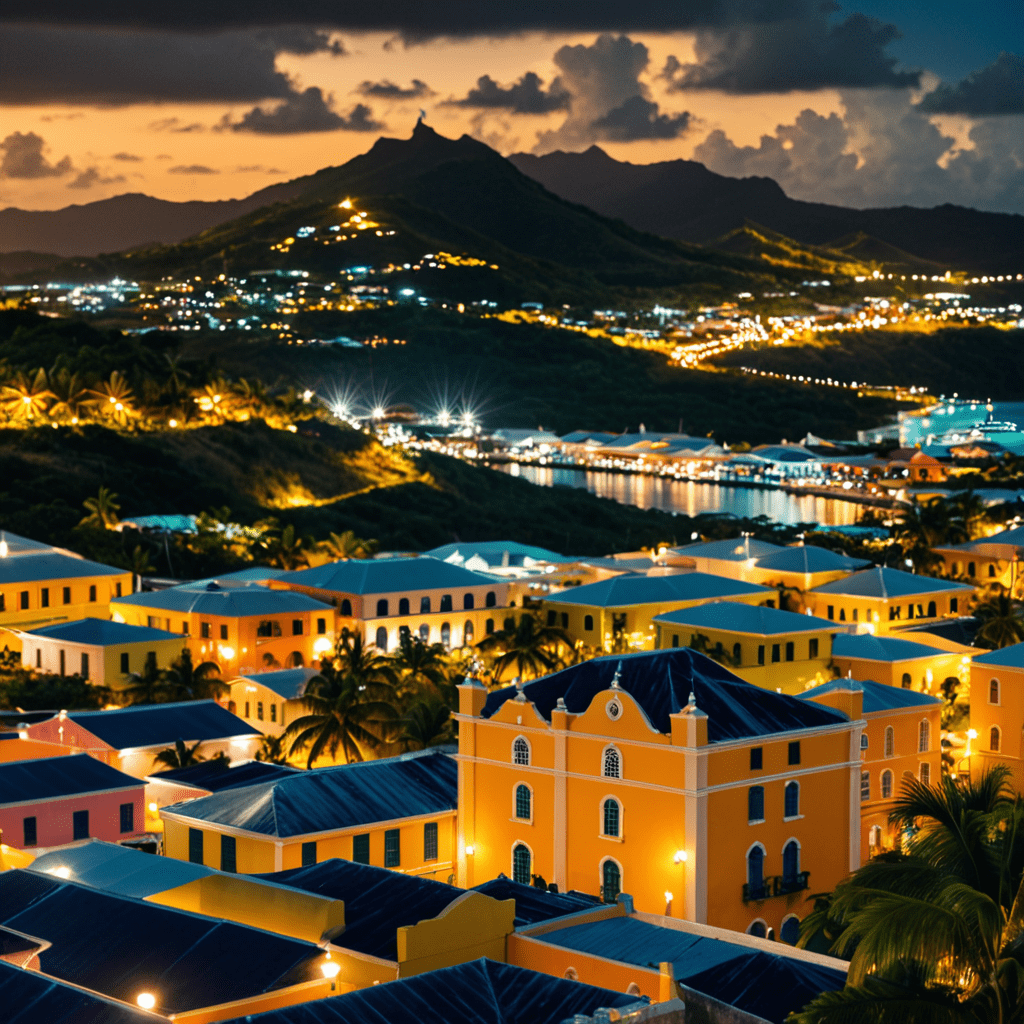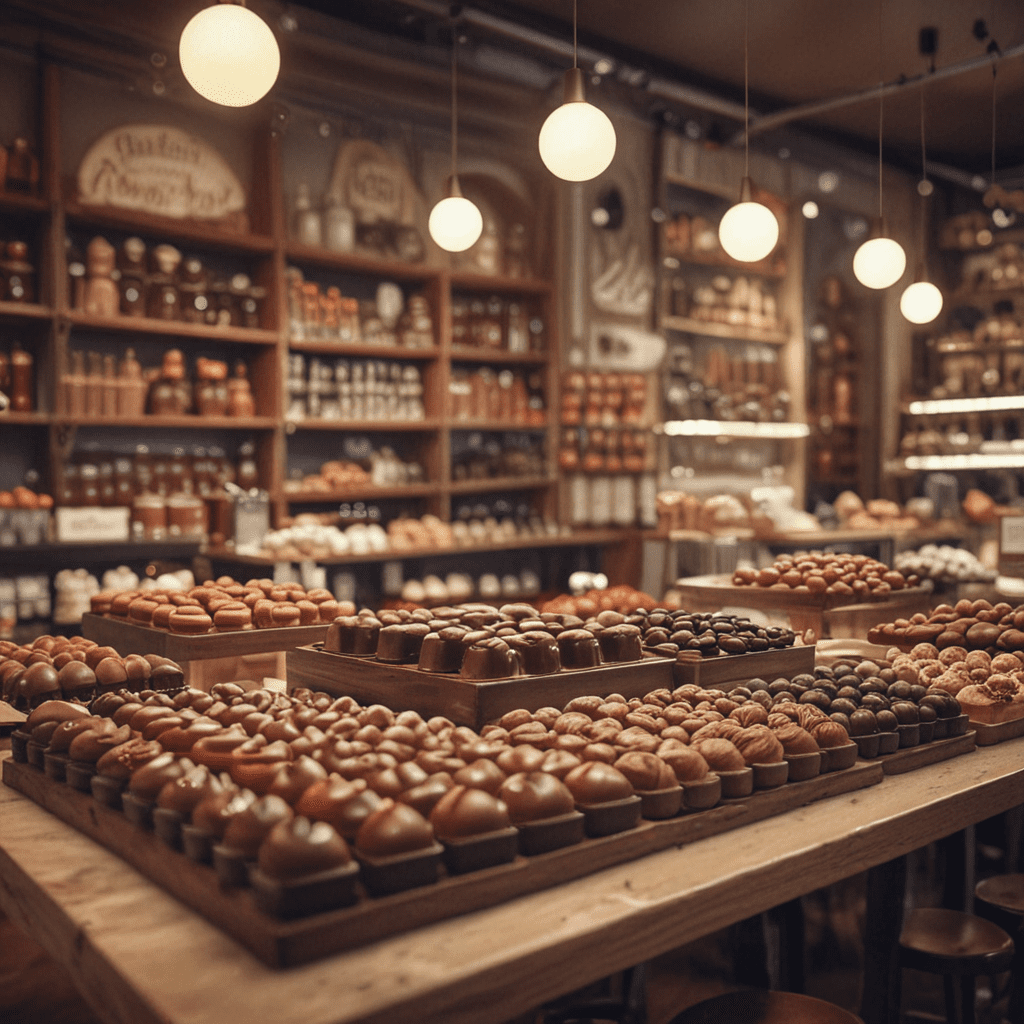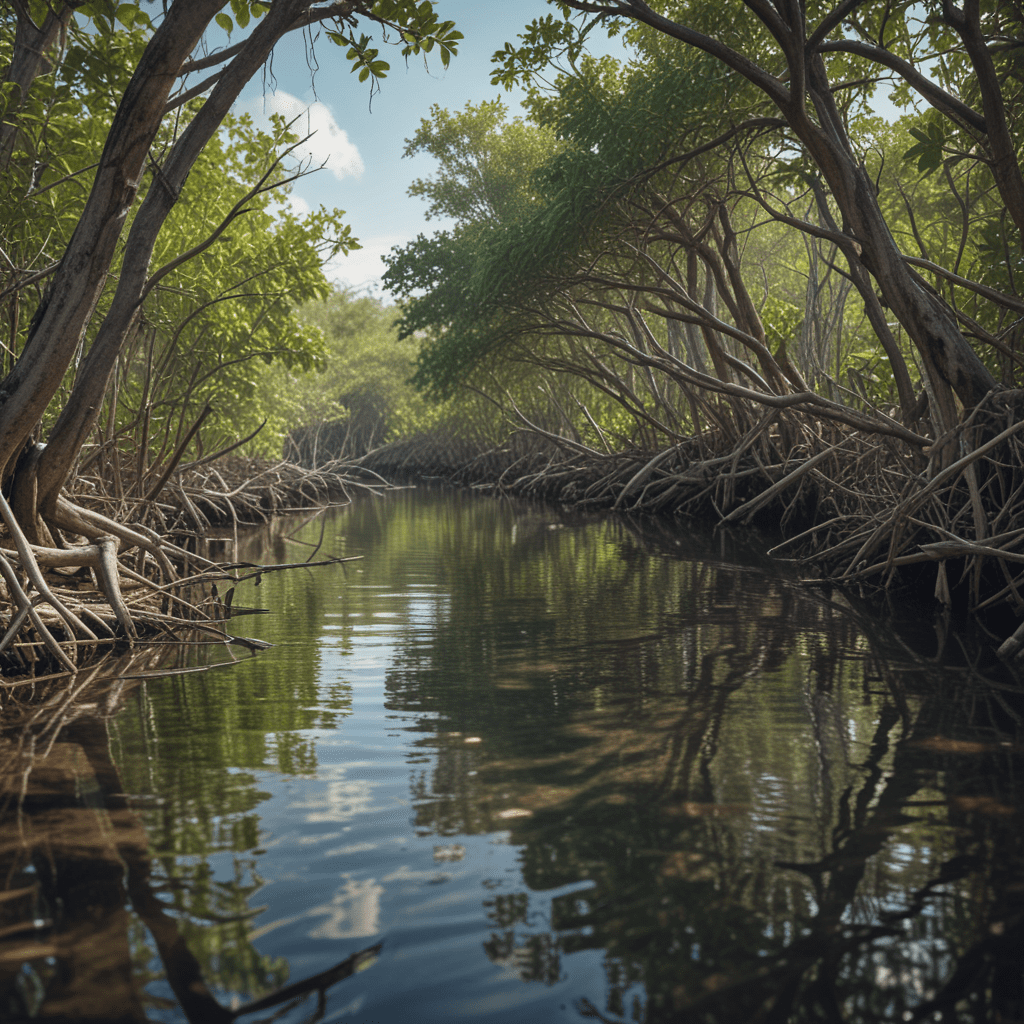The Bahamas: A Cultural Tapestry of Traditions
Nestled amidst the turquoise waters and white-sand beaches of the Caribbean, The Bahamas is an archipelago with a rich cultural heritage that is a vibrant tapestry of traditions. From the rhythmic beats of Junkanoo to the soulful melodies of rake-n-scrape, the Bahamian people have preserved their unique cultural identity through generations of storytelling, music, and dance.
Historical Influences on Bahamian Culture
The Bahamas' cultural roots extend far beyond its colonial past. The pre-Columbian era left an indelible mark on the islands, with the indigenous Lucayan people shaping many aspects of Bahamian culture. European colonization, particularly by the British, brought significant influences, including Christianity and the English language. These diverse threads have intertwined to create a unique Bahamian identity.
Junkanoo: A Vibrant Festival Tradition
Junkanoo is an iconic festival celebrated in The Bahamas during the Christmas and New Year season. Originating from West African traditions, it is a vibrant display of music, dance, and colorful costumes. Junkanoo parades showcase the creativity and artistry of Bahamian communities, with groups competing for prizes and bragging rights.
Rake-n-Scrape: The Rhythms of the Bahamian Soul
Rake-n-scrape is a genre of Bahamian folk music characterized by its infectious rhythms and percussive instruments. Played on a saw, a goatskin drum, and a guitar, rake-n-scrape serves as the soundtrack to many Bahamian gatherings. Its lyrics often reflect the everyday experiences and social issues of the Bahamian people.
Storytelling and Folklore: Preserving Oral Narratives
Oral storytelling remains a vital part of Bahamian culture. Storytellers pass down myths, legends, and traditions from generation to generation, preserving the collective history and wisdom of the Bahamian people. These stories often feature fantastical creatures, historical events, and moral lessons, ensuring that Bahamian traditions continue to thrive.
VI. Traditional Bahamian Music
Beyond Junkanoo and rake-n-scrape, The Bahamas boasts a rich tapestry of traditional music genres. Goombay drums, made from goat or sheepskin stretched over a wooden frame, produce rhythmic beats that accompany traditional Bahamian songs and dances. Steel drums, invented in Trinidad and Tobago, have also become an integral part of Bahamian music, adding a unique melodic layer to performances.
VII. Culinary Delights: A Taste of Bahamian Heritage
Bahamian cuisine is a delectable blend of African, Caribbean, and European flavors. Conch salads, a national dish, combine fresh conch meat with tomatoes, onions, peppers, and citrus juices. Crawfish, a type of lobster, is another popular delicacy, often served boiled or steamed. Grits, peas, and souse, a hearty breakfast dish, showcases the Bahamian love for comfort food.
VIII. Junkanoo Parades: A Colorful Extravaganza
Junkanoo parades are not just a festival but a fierce competition among rival groups. Each group designs and creates elaborate costumes, often adorned with feathers, beads, and sequins. They compete in choreographed performances, showcasing their artistic skills and cultural heritage. Junkanoo parades are a spectacle of vibrant colors, energetic music, and infectious enthusiasm.
IX. Matriarchal Society: The Role of Women
Traditionally, Bahamian society has been matriarchal, with women holding significant power and influence within families and communities. This unique social structure has shaped Bahamian culture, fostering a strong sense of community and respect for women. While modern influences have brought some changes, the matriarchal legacy continues to be an integral part of Bahamian society.
X. Preserving and Reviving Bahamian Traditions
The Bahamian government and local organizations are committed to preserving and reviving cultural traditions. Educational programs in schools and community centers teach children about Junkanoo, rake-n-scrape, and storytelling. Cultural festivals showcase traditional music, dance, and cuisine, fostering a sense of pride and cultural identity among Bahamians. By embracing and nurturing their traditions, The Bahamas ensures that their rich cultural heritage will continue to thrive for generations to come.
FAQs
Q: What is the significance of Junkanoo in Bahamian culture?
A: Junkanoo is a vibrant festival that celebrates Bahamian identity and creativity through music, dance, and costumes. It is a time for communities to come together and showcase their cultural heritage.
Q: What is rake-n-scrape music known for?
A: Rake-n-scrape is a genre of Bahamian folk music characterized by its infectious rhythms and percussive instruments. It is often played at social gatherings and reflects the everyday experiences of the Bahamian people.
Q: How does The Bahamas preserve its cultural traditions?
A: The Bahamian government and local organizations implement educational programs, cultural festivals, and initiatives to support and revive traditional music, dance, storytelling, and other aspects of their cultural heritage.


